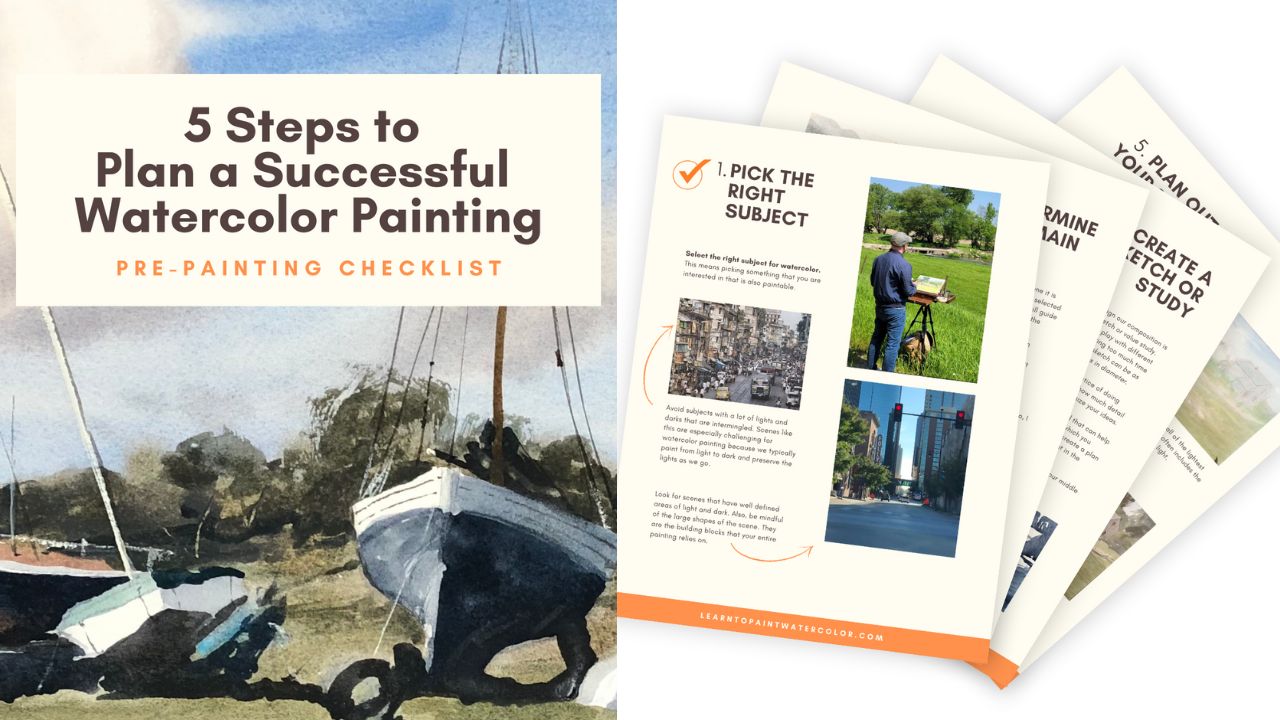Improve as a Watercolor Artist with These Strategies
Sep 25, 2023Learning to paint watercolor can be overwhelming. Progress can be slow sometimes.
So, today, I'm offering you seven valuable watercolor tips that will help you learn faster. These aren't complicated technical lessons, they are practices that you can implement today and will help you see the progress you are making quickly.
Strategies to Improve Your Watercolor Paintings
Enjoy this Post? Like this Pin!
Improve Your Watercolor Art by Implementing These Strategies:
1. Avoid Barriers to Painting.
The first tip is to remove the barriers that are stopping you from dedicating time and energy to your painting practice.
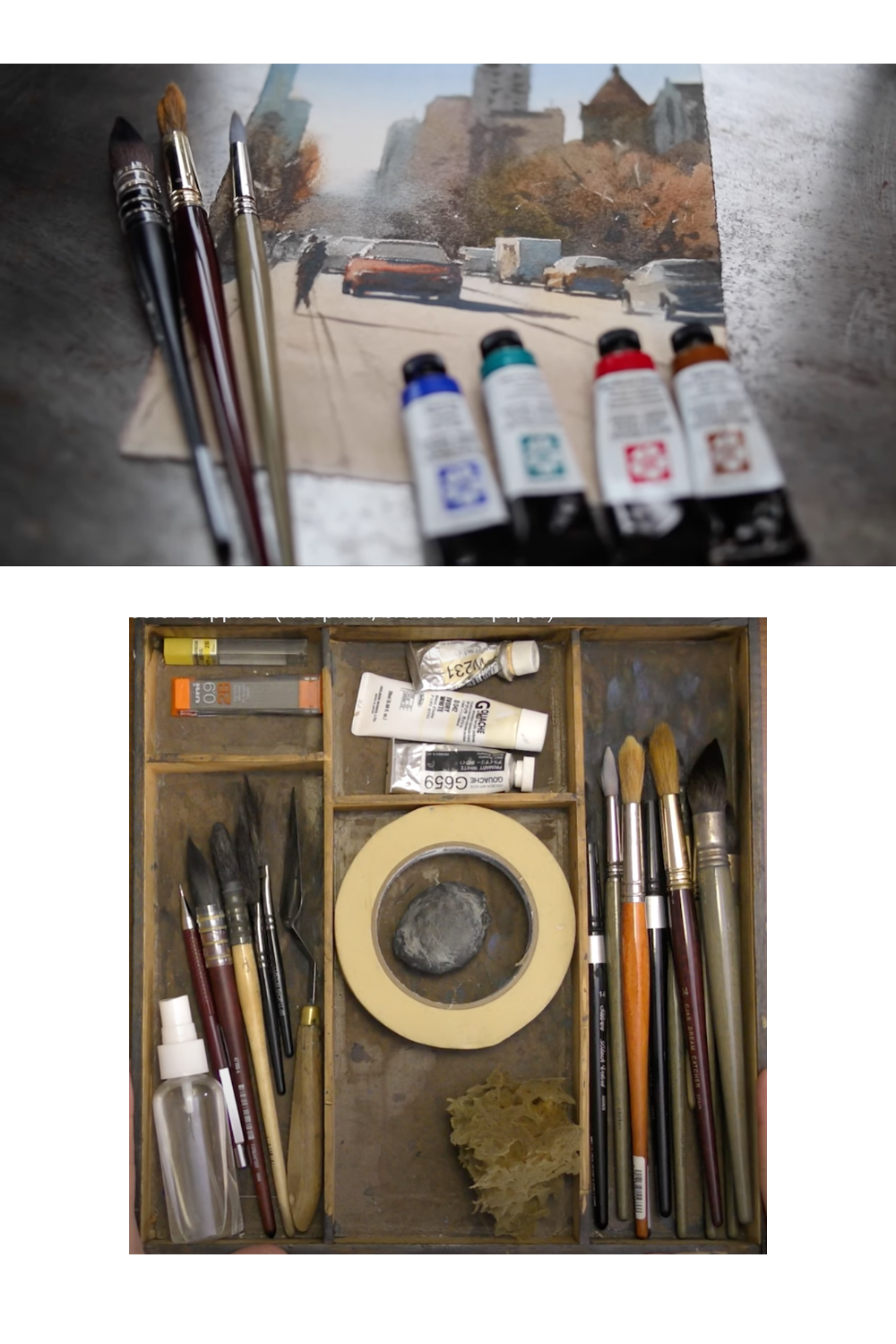
When I was first learning how to paint, I was working a full-time job, and I was a new parent. I didn't have a lot of time. So something I learned to do is to remove barriers that would derail me before they had the chance to. For me, this looked like preparing the day before my painting session. This way, when I finally had some time to sit down and paint, everything was already planned out and ready for me.
I had already torn my paper to size, I'd filled up my water, I had my brushes laid out and ready to go. I had my palette cleaned off and ready with the paints I needed. These sound like small things - and they are - but I knew I was less likely to paint if I had a list of to dos that lay between me and the fun part of the painting process.
It's the same thing with exercise, playing or practicing anything else. You're more likely to get moving if these little things are already taken care of.
2. Choose Your Reference Photo the Day Before.
Tip number two plays right into this: know what watercolor scene you want to paint before you pick up you begin.
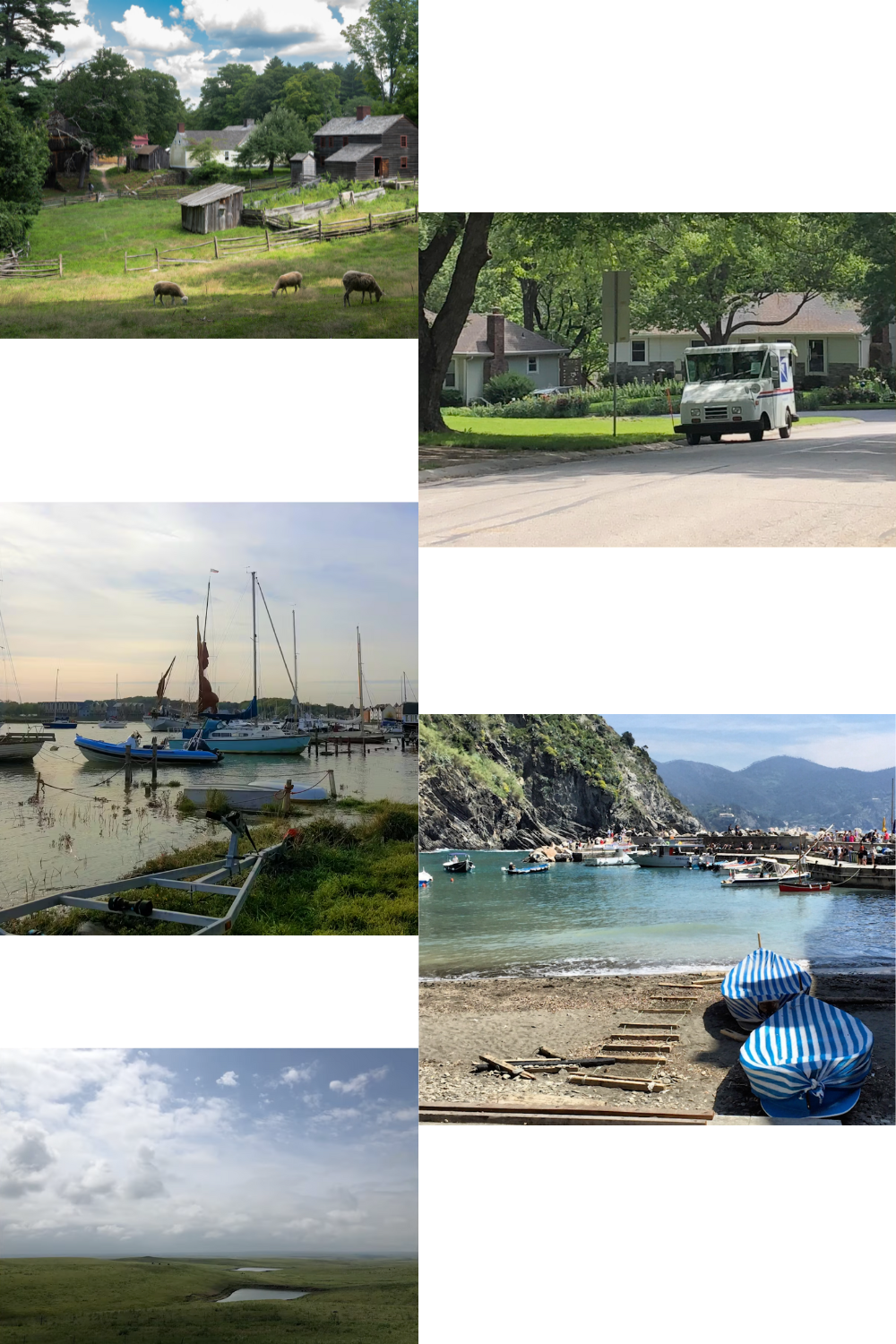
This is another obstacle that I would face sometimes early on. What would happen sometimes is I would have time to paint (finally) but not know what to paint. I'd end up scrolling through my phone at my recent pictures - just scrolling, scrolling, scrolling - not finding anything. Some nights, this would zap my inspiration and motivation to paint.
So, my advice? Pick out your reference the day before.
And if you have a way to organize your photos on your phone, create an album specifically for reference photos so you can drag and drop those photos that you're excited about that you want to get back to. This can really speed things up when you're making that decision.
3. Paint Small and Often.
You may have heard me say this before, but is the number one way to improve more quickly: paint small and as often as possible.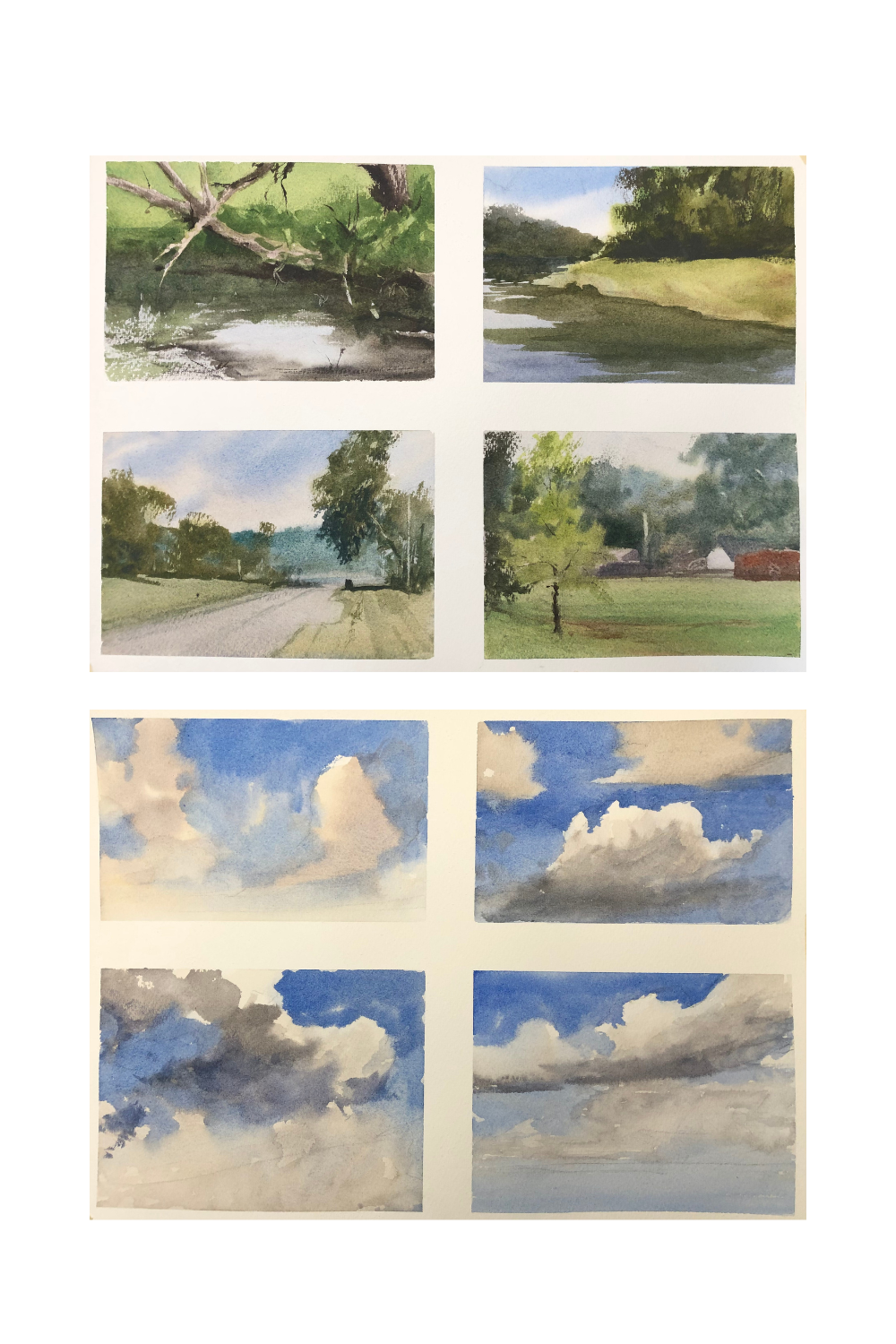
It can be tempting to paint in a large size all the time, but if you really want to improve, painting small watercolor paintings is crucial to making progress in watercolor. This is true for watercolor even more than other mediums because timing is so crucial. We only have a certain amount of time before that paper is dry and you can no longer get certain effects.
So practicing timing is really important. If you are painting smaller, you are getting more practice on all your skills, including drawing, composing and color mixing. Your progress really speeds up with that repetition.
4. Value Consistency Over Quality.
It can be easy to focus solely on whether you've successfully executed your vision, whether the outcome is good or bad.
But if you can work on shifting your focus from results to consistency, this can help you to develop a stronger growth mindset - and thus see more progress.
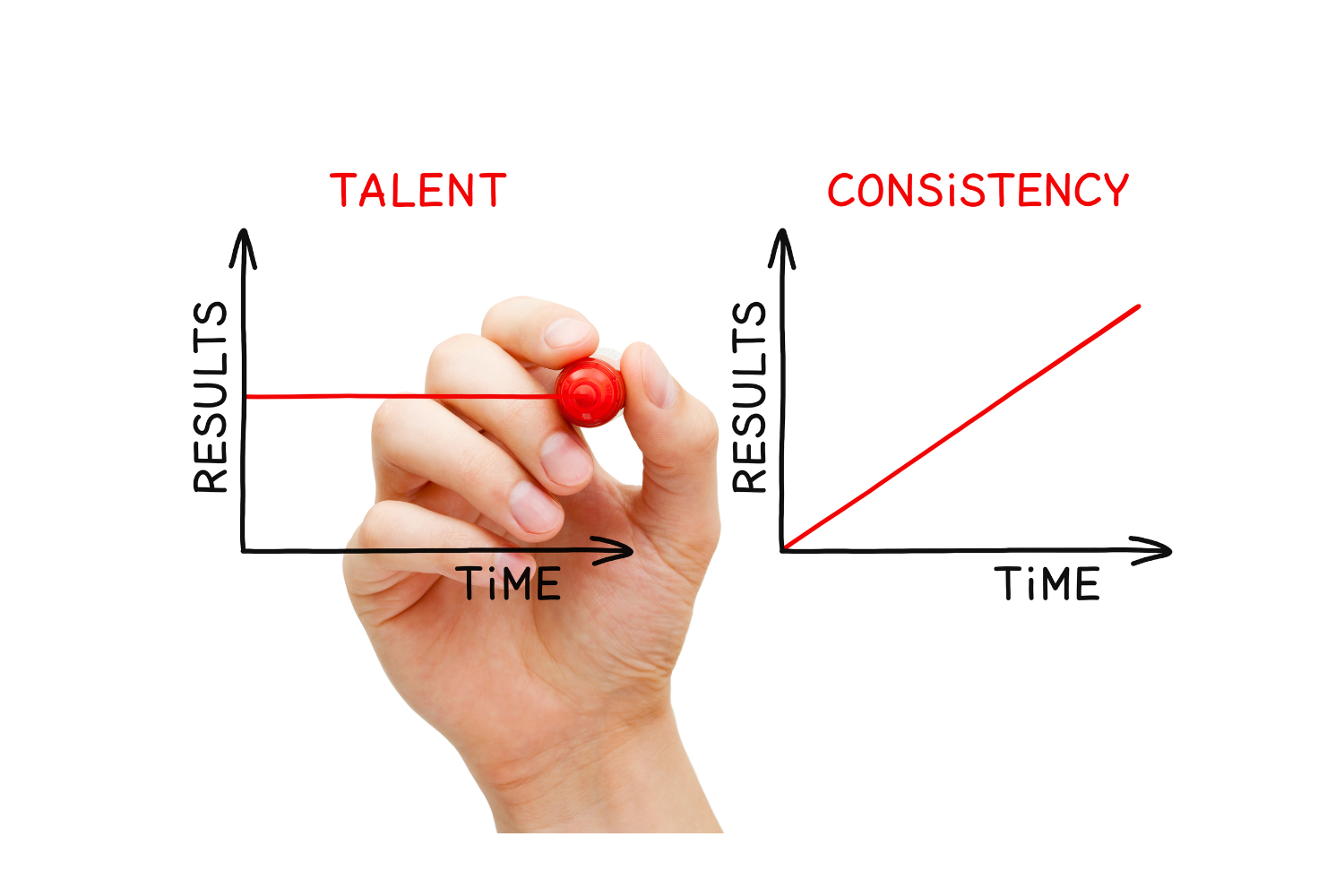
Use the following as your goalposts:
- Are you painting as often as you can?
- Are you building trust with yourself by following through with your commitment to paint?
- Are you painting when you might not even feel like it?
Even when you don't feel like painting, starting anyway will bring that spark, will create excitement. But you might not feel it right away. Learning can be a bit of a roller coaster, so you might get on a stretch where you're really liking what you're doing and then you might sink down or be discouraged for a while. This happens to me still.
But if you keep showing up, no matter the output, no matter how you're feeling about it, you will see improvement in your watercolor paintings.
5. Practice Between Paintings.
We all love to finish that complete watercolor landscape, see the watercolor street scene come together, or finish a beautiful interior watercolor scene. It is satisfying to complete a full watercolor painting.
But more important than completing paintings is taking time to practice on specific skills or watercolor subjects between your paintings.
If you want to improve in painting skies, set aside 10 minutes a day and just practice skies. If you want to see your figures improve, focus on just them for a while. If you want to to paint better watercolor trees or scenes that include bodies of water, take some time practicing these things in isolation. 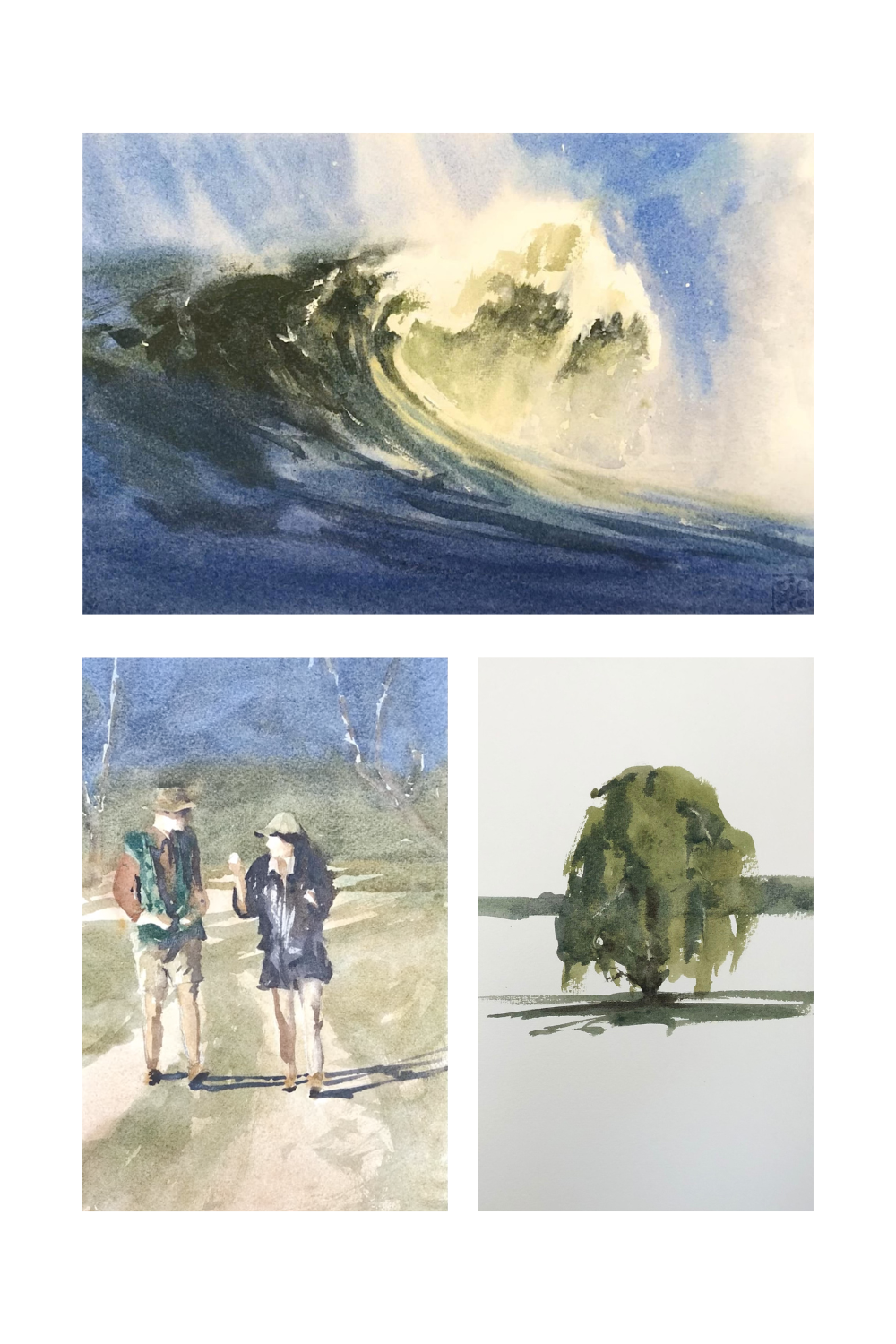
One of the beautiful things about watercolor is that it doesn't take long to practice these things. It is a quick medium if you want to see growth in specific areas.
However, if you wait until you need a particular skill for a painting, chances are you'll be very disappointed with how it turns out.
Another suggestion I'll add is to keep a piece of scrap paper beside you while you are painting. On this paper, you can practice your brush mark before you add it on to your painting. Watercolor, as you know, can be pretty unforgiving. What you put on the paper is kind of what you are stuck with. So if you take the time to practice the mark before you make it, you can ensure that you are making the correct mark on your watercolor painting.
6. Use a Calendar to Track Your Commitment.
This goes back to valuing consistency.
The idea here is very simple: you hang up a calendar and every time you do something to get better as an artist, you mark the day on the calendar. At the end of the month, you have a reflection of your commitment and consistency. You can see all the times that you decided to show up to paint and improve.
This is a great way to value consistency and it's a visual representation of the work you've put in. It nudges you to show up, even on those days you don't feel like it or only have time for a quick painting exercise.
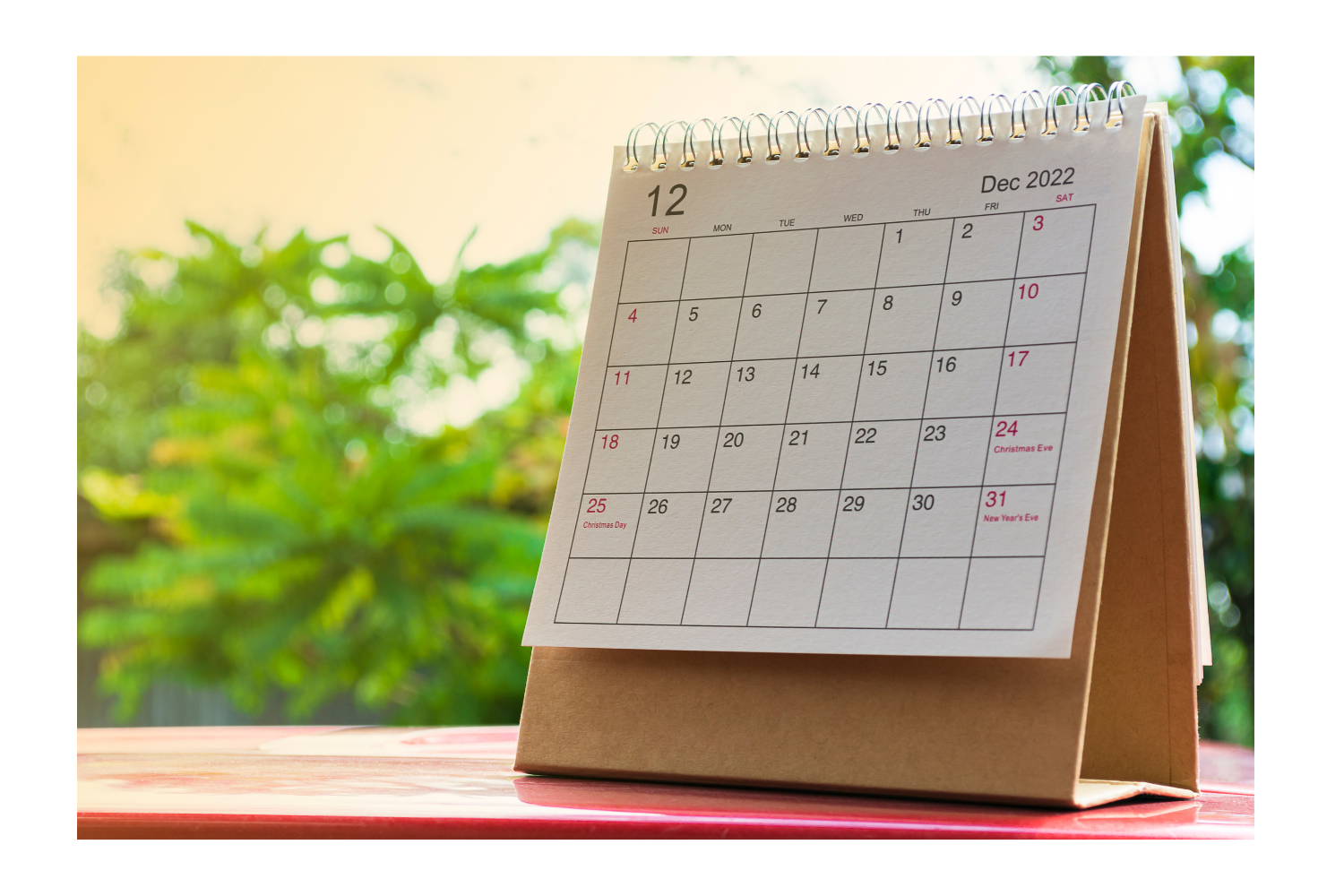
7. Don't Stop.
There are going to be ups and downs in your learning. You might bump into a difficult time in your painting where you feel like you're plateauing. Or a span of time where you're not happy with anything you create.
But if you don't stop painting, if you stick with it, you will make progress over time.
Keep some of your old paintings around because as you progress, you will want to compare your old paintings with your newer paintings. It's tempting to think that people that know how to paint have always known how to paint. This is not true. Here are a couple of my very first paintings compared to my more recent paintings.
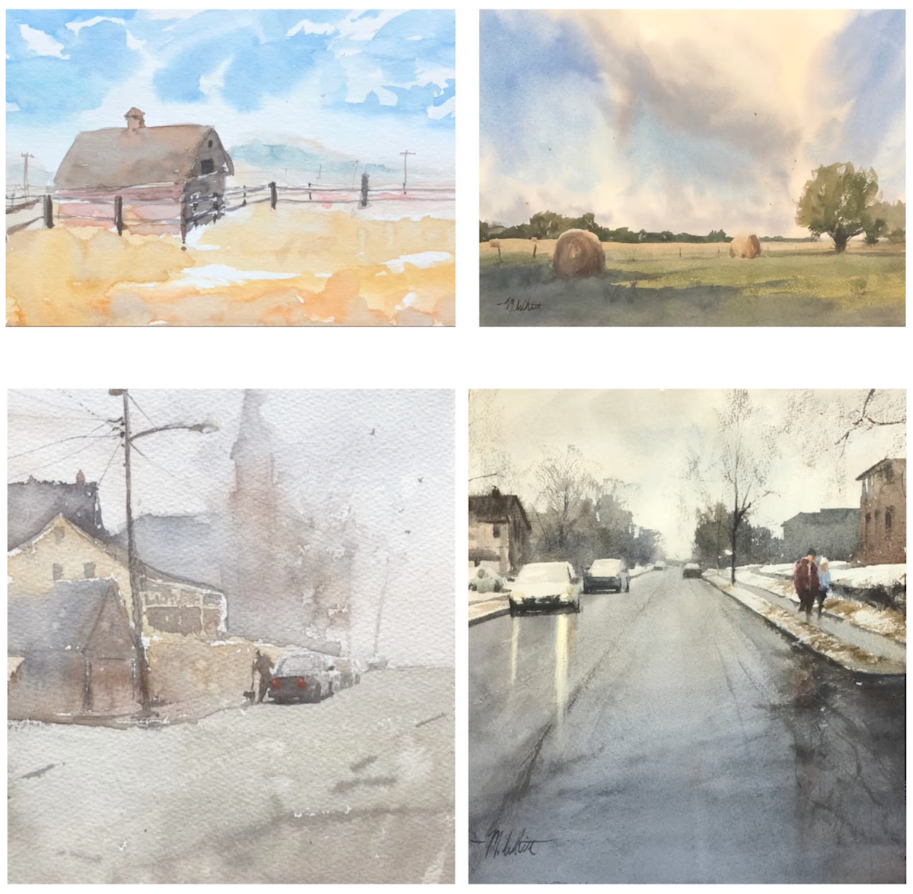
Everyone is starting at the same place. If you're just getting started, don't be discouraged. Keep painting, keep moving forward. And you'll see progress.
Related Blogs
Frustrated with Watercolor (How to Keep Going)
Your Talent Can't Compete With these 3 Watercolor Practices

